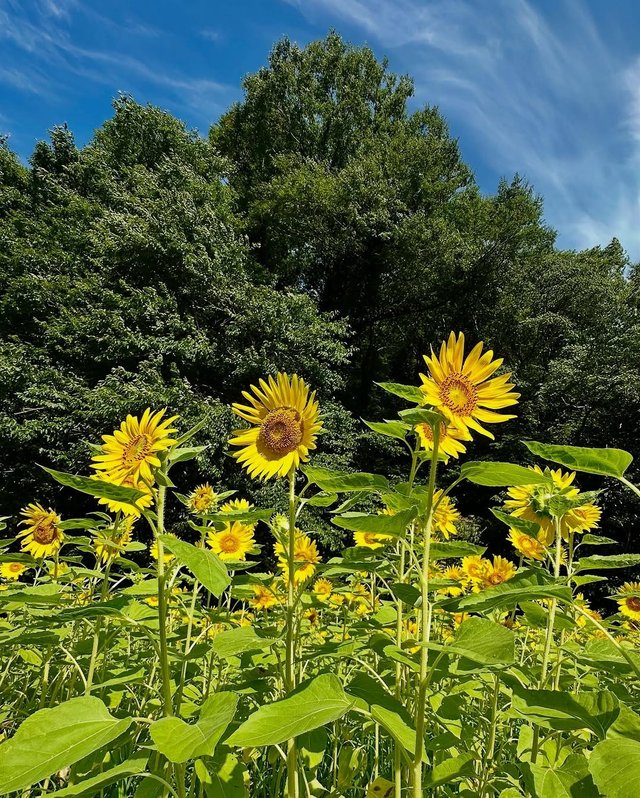Common Sunflower So Beautiful
The Common Sunflower: A Symbol of Sunshine, Growth, and Resilience
The Common Sunflower, scientifically known as Helianthus annuus, is one of the most iconic and recognizable flowers in the world. With its towering stalk, broad green leaves, and large, radiant flower head that follows the arc of the sun, the sunflower has captured human imagination for centuries. Native to North America, the sunflower is more than just a bright, cheerful bloom; it is a vital crop, a symbol of positivity, and an ecological keystone species.
Botanical Overview
Scientific Name: Helianthus annuus
Family: Asteraceae
Origin: Native to North America; now cultivated worldwide
Plant Type: Annual herbaceous plant
Height: Typically 1.5–3.5 meters; some cultivars can exceed 4.5 meters
Flowering Period: Summer to early autumn
The Common Sunflower is a heliotropic plant, meaning its flower heads often exhibit "solar tracking" — turning to face the sun as it moves across the sky. This phenomenon is most visible in young plants and contributes to the sunflower's association with warmth and optimism.
Morphology and Structure
The sunflower's distinctive structure is a classic example of a composite inflorescence. What appears to be a single large flower is actually a dense cluster of hundreds or even thousands of tiny flowers.
Ray Florets: The outer, bright yellow "petals" are sterile and serve to attract pollinators.
Disk Florets: The central disk contains numerous fertile flowers arranged in a spiraling Fibonacci pattern, each capable of developing into a seed.
The plant has a coarse, hairy stem that is sturdy enough to support the heavy flower heads. Its leaves are large, rough-textured, and heart-shaped, arranged alternately along the stem.
Ecological Importance
Sunflowers play an essential role in their ecosystems:
Pollinator Support: Their large flower heads attract bees, butterflies, and other insects, providing a rich source of nectar and pollen.
Bird Food Source: Once pollinated, the seeds become a valuable food resource for birds like finches and chickadees.
Soil Remediation: Sunflowers are known for their phytoremediation capabilities, meaning they can absorb toxins such as heavy metals from contaminated soils.
Cultural and Symbolic Significance
Throughout history, sunflowers have been symbols of adoration, loyalty, and longevity. In various cultures:
Native Americans cultivated sunflowers as an important source of food, oil, dye, and medicine.




%20(9).jpeg)